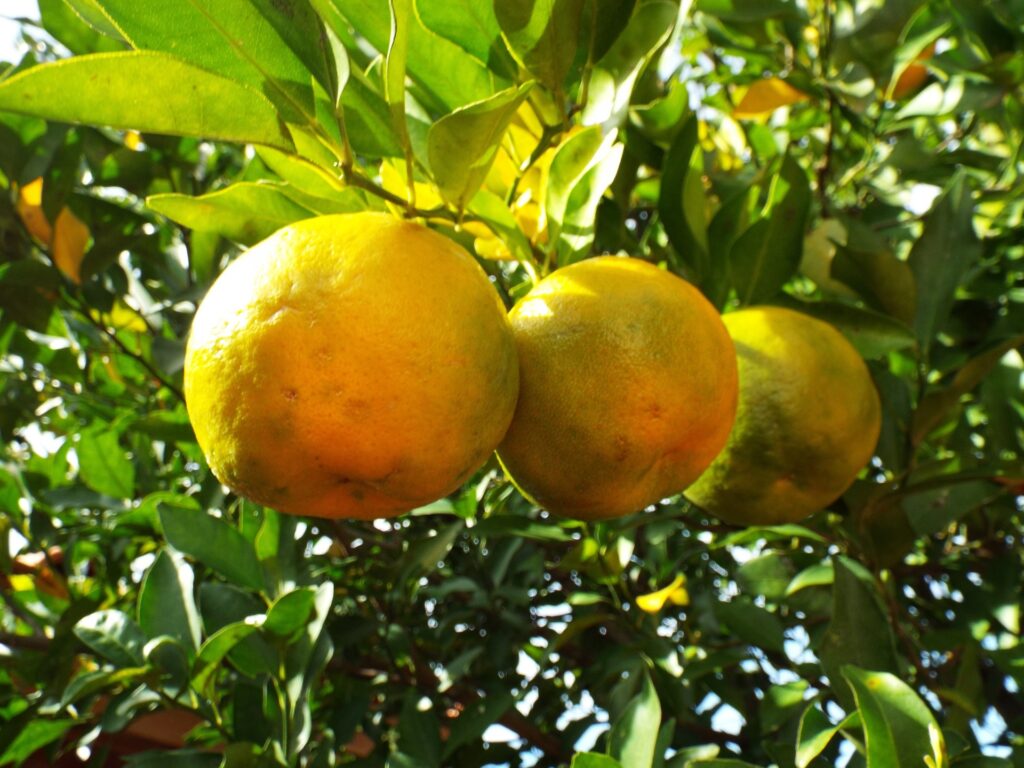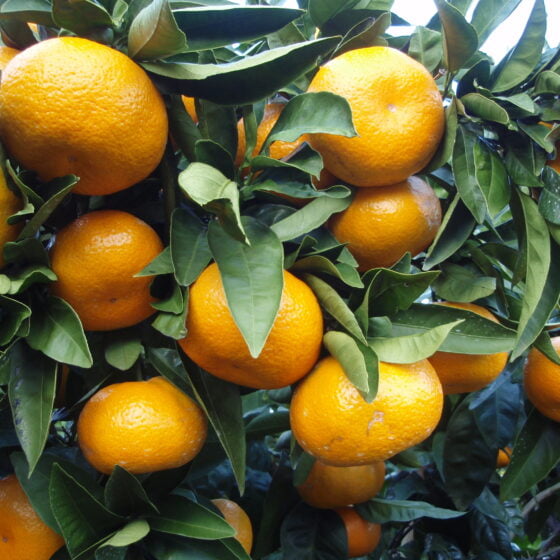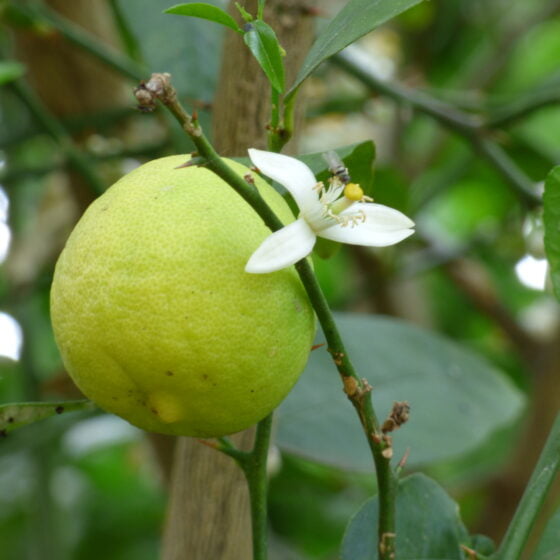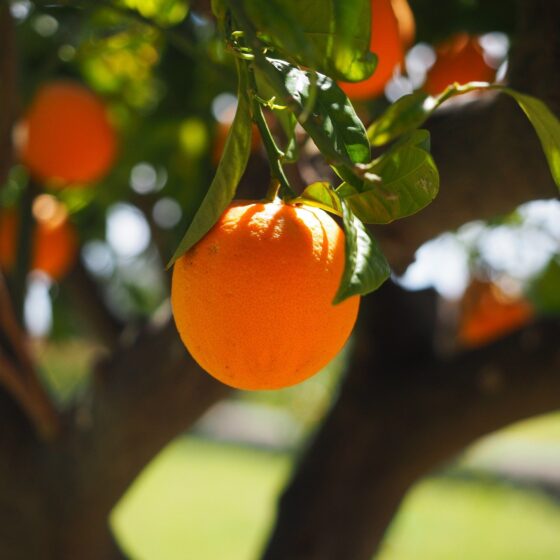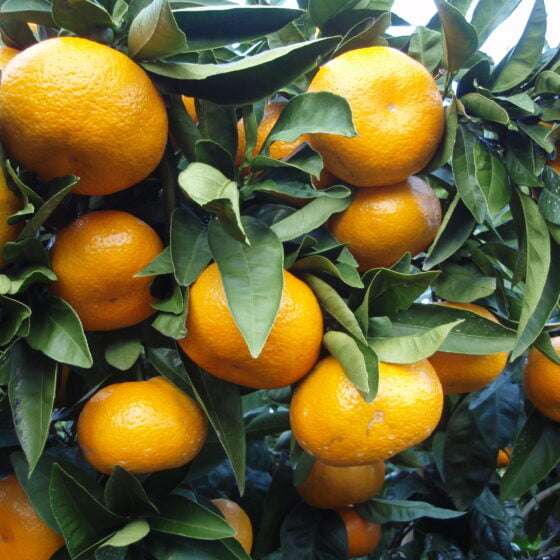
Bergamot Furocoumarin free Italy
Citrus aurantium ssp bergamia
General data
Harvest Calendar
- J
- F
- M
- A
- M
- J
- J
- A
- S
- O
- N
- D
Product details Fragrance side
Bergamot has been used since the dawn of modern perfumery, particularly in floral top notes, to accompany a tea or citrus accord. It is also found in heart notes of woody or amber-like compositions to add a tangy, floral freshness.
Well-being side
Facilitates falling asleep, calming and sedative, antispasmodic, antiseptic and carminative. Brings cheerfulness and sunshine back into life, emotionally balancing it allows to move forward
*The aromatherapy properties in this document are excerpted from reference books, scientific articles, or specialized websites and are provided to customer for its information and internal use only. Claims on a finished product remain the responsibility of the company making the finished product available on the market. About
Contrary to popular belief, the origin of the name bergamot does not come from the city of Bergamo. The etymology of bergamot comes from the Turkish beg-ármûndi, meaning lord’s pear, a nod to its morphological similarity with the bergamot pear.
The bergamot tree, native to India, appears to have developed from an ancient hybridization between citrus trees, most likely bitter orange and lemon. Bergamot is a citrus fruit known for its essential oil, which is contained in the oil-bearing pockets in the peel of the pericarp. This refreshing, zesty fragrance is an ingredient in the famous Eau de Cologne, along with neroli and lavender. Bergamot is a small green-yellow fruit with a sour, bitter pulp. When in bloom, the bergamot, a small tree reaching four meters in height, is covered with a multitude of fragrant, white flowers. The fruits ripen between December and March.
Unlike other citrus fruits, it is grown only for its essential oil. The Italian regions of Calabria and Sicily are the largest producers, followed by Côte d’Ivoire. Bergamot essential oil is cold-pressed from the pericarp of the ripe fruit.
Fragrance side
Bergamot has been used since the dawn of modern perfumery, particularly in floral top notes, to accompany a tea or citrus accord. It is also found in heart notes of woody or amber-like compositions to add a tangy, floral freshness.
Well-being side
Facilitates falling asleep, calming and sedative, antispasmodic, antiseptic and carminative. Brings cheerfulness and sunshine back into life, emotionally balancing it allows to move forward
About
Contrary to popular belief, the origin of the name bergamot does not come from the city of Bergamo. The etymology of bergamot comes from the Turkish beg-ármûndi, meaning lord’s pear, a nod to its morphological similarity with the bergamot pear.
The bergamot tree, native to India, appears to have developed from an ancient hybridization between citrus trees, most likely bitter orange and lemon. Bergamot is a citrus fruit known for its essential oil, which is contained in the oil-bearing pockets in the peel of the pericarp. This refreshing, zesty fragrance is an ingredient in the famous Eau de Cologne, along with neroli and lavender. Bergamot is a small green-yellow fruit with a sour, bitter pulp. When in bloom, the bergamot, a small tree reaching four meters in height, is covered with a multitude of fragrant, white flowers. The fruits ripen between December and March.
Unlike other citrus fruits, it is grown only for its essential oil. The Italian regions of Calabria and Sicily are the largest producers, followed by Côte d’Ivoire. Bergamot essential oil is cold-pressed from the pericarp of the ripe fruit.
Other type of extracts
(Citrus)
